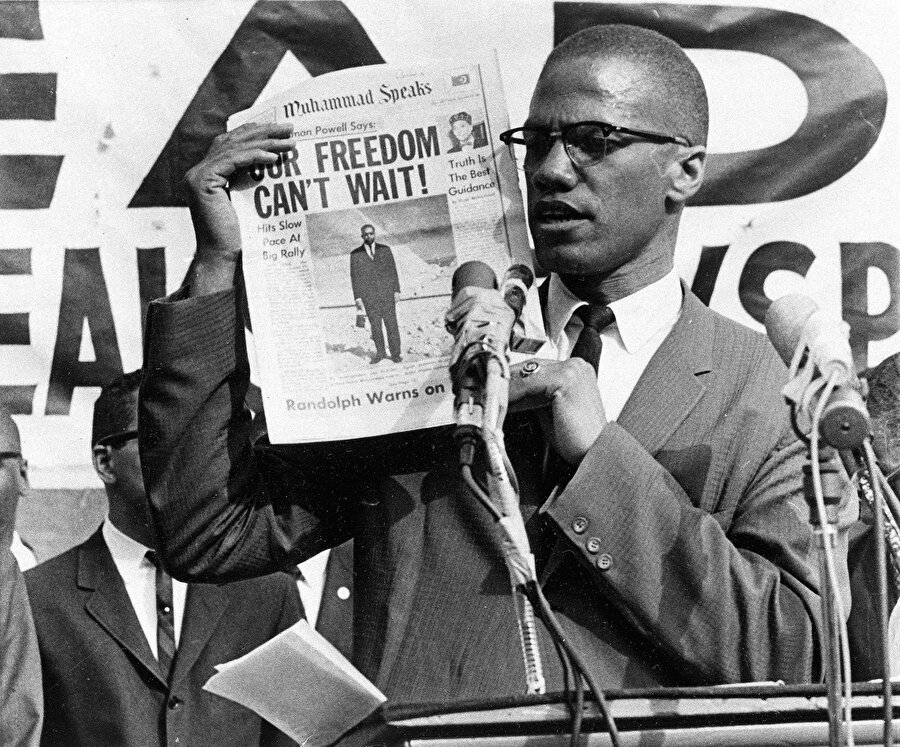
New revelations breed suspicion that a campaign of CIA surveillance and attempted assassination of Malcolm during his travels in Africa was orchestrated by a member of the Liberation Front of Mozambique (FRELIMO) named Leo Milas.
[On the 58th anniversary of the assassination of Malcolm X, Herb Boyd and Don Rojas provide CAM readers a peak into their findings based on newly released FOIA documents. What follows is an excerpt of their upcoming publication entitled Malcolm X, the CIA, and Other Blacks.—Editors]
Surveillance of Black Americans, especially those viewed as subversives, has been an enduring process for U.S. governmental agencies. Whether defined as the FBI, CIA, NSA, DOJ, the State Department, or other law enforcement agencies, a close watch on the words and deeds of militant or radical Black Americans has been an active endeavor at least since the dawn of the twentieth century. Long before eavesdropping or wiretapping were the usual means of keeping tabs on subversives, agents were busy spying on and compiling dossiers on individuals who would later be added to the government’s “enemies list.”
Malcolm X believed he was on this list and that he was being intensely pursued and shadowed by the government. A few years after his assassination on February 21, 1965, at the Audubon Ballroom in Washington Heights, it was disclosed that his organizations—the Muslim Mosque, Inc. and the Organization of Afro-American Unity—were polluted by undercover cops. Even so, to date there has been no deep-dive into Malcolm and the Central Intelligence Agency (CIA), though there appears to be extensive coverage and lengthy dossiers available in their files, some of which Don and I obtained through the Freedom of Information Act.
Such a study or book we thought would be a logical extension of Malcolm X: The FBI File, compiled by Clayborne Carson, edited by David Gallen with an introduction by Spike Lee. The CIA is mentioned only once in the book in which it summarizes a four-page memorandum from the Revolutionary Action Movement (RAM), dated in the summer of 1965. Basically the memo states that Malcolm, since his break with the Nation of Islam and his travels to Africa, had become a growing threat “all of which was reason for the Central Intelligence Agency (CIA) to want MALCOLM X to be assassinated.”1
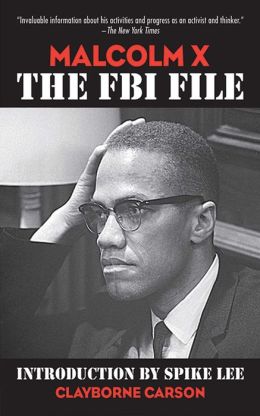
If there is any credibility to an article by Paul Meskil of the New York World-Telegram published four days after Malcolm’s assassination, the leader was not killed by Muslims “but by persons who thought he knew too much about a Harlem dope racket with supply lines stretching to Cuba and Red China,” Meskil wrote, adding that Malcolm was furious that the Organization of Afro-American Unity (OAAU) had been infiltrated by “pro-Peking fanatics” and peddling dope in Harlem.
The gunmen who killed Malcolm were clearly black but they, according to CORE’s (Congress of Racial Equality) leader James Farmer, were not Muslims. He believed the assassination, as well as the subsequent fire-bombing of the mosque, were distractions to cover up “a much more sinister plot,” Meskil concluded. How much Malcolm knew about drug trafficking at that time and his interest in ending it remains unknown.
According to Meskil, several of Malcolm’s top lieutenants had been informed of the flow of cocaine and other drugs from China to Cuba to be dispensed in the U.S. and speculated that Malcolm was possibly on the verge of revealing who they were when he was gunned down.2
Meskil cited what he called a reliable report under investigation by the FBI and the CIA that, “the Reds paid at least part of the tab for Malcolm’s tours of Africa, Europe and the Middle East.”3 Was Malcolm concerned that his leadership role was being undermined and sabotaged by the Reds, as Meskil concludes, thus preparing to expose them? That question as well as where Meskil got his information have never been answered. And who was Paul Meskil? We know he was a highly respected journalist with the New York Daily News until 1991 and was an expert on the Cosa Nostra, who he configured into his story about the Reds in Harlem and their threat to overtake their drug operation. Meskil, 82, died in Sarasota, Florida, on Oct. 11, 2006.
Toward the end of the RAM memorandum, discussion and description of Malcolm’s assassination are cited as “well-planned” and indicated that “Negro CIA agents-hired killers” were in the audience. There were probably not any in the Audubon Ballroom that afternoon when Malcolm was slain in a barrage of bullets, but it’s our speculation that they were in place and ready to resume what the FBI had inaugurated in the surveillance once he began those trips abroad in 1964, a bit of which had begun in 1959. This point is made conclusively by Zak Kondo, though it comes with this caveat that is “little documentary evidence of CIA schemes against Malcolm. This interpretation should not be construed to mean that the CIA was not investigating Malcolm.”4
But Malcolm came to the attention of the agencies as early as 1950 from his correspondences while he was incarcerated. A letter he wrote to someone on June 29, 1950 in the FBI files could have tipped the government off that there was a person of interest then behind bars. If you are seeking the attention of the law enforcement agencies in this country, Malcolm, a so-called malcontent, couldn’t have done it better. The first notation of the CIA in the documents occurred in January 1954, when Malcolm was residing in Philadelphia with an apartment in E. Elmhurst, Queens.
At the center of our speculation about Malcolm and the CIA is his travel diary in 1964, and numerous occasions in which he met or encountered Leo Milas. How the diary enters our pursuit is spelled out in another chapter but the short version is that Herb first saw it after being invited by Howard Dodson, then the curator chief at the Schomburg Center for Research in Black Culture. The Schomburg was the recipient of two crates of Malcolm memorabilia that had been rescued by the family before it was put on eBay and other sites to be auctioned. Herb was invited as a journalist to document the opening of the crates, along with a fellow photographer.
Upon viewing the diary, he was allowed to leaf through a few pages, take several photos, and then told he would have to wait along with others to view the collection in its entirety. The family had to be consulted, the material catalogued and some material laminated. It would be five years later that Herb would see the diary again, secure permission from Malcolm’s estate to view and to begin the process of deciphering and eventual publication, all of which became an ordeal occasioned by injunctions, lawsuits, and finally a decision to allow Third World Press the rights to publish.
That was a long, emotionally and financially troubling experience, some of which is recounted in the book, but the purpose here is to note how the diary led us to an individual named Leo Milas, who we deemed was either a CIA operative, agent, or informant. We arrived at the speculation mainly from his adventures with liberation groups in southern Africa, most notably FRELIMO (Front for the Liberation of Mozambique).
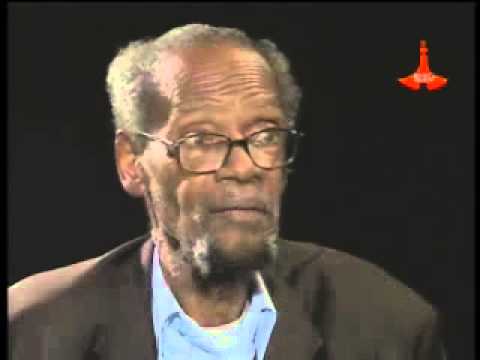
Both of us have had long, well-informed relations with liberation groups, and when Milas’s name popped up repeatedly in the diary the red flag, so to speak, had our attention. Just a bit of cursory research was enough to whet our appetites, particularly when we learned he had been dismissed from FRELIMO under suspicions he was a CIA agent; thus, began our search of who he was and why was he having these contacts with Malcolm.
With our curiosities whetted by the recurrence of Leo Milas’s name in the diary, we took notice. It first appeared in Malcolm’s entry of July 26, 1964, during his second tour that year. By this time Malcolm had been in Cairo for more than two weeks and was staying at the Semiramis Hotel. On this occasion, Milas may have been among reporters invited to a press conference called by Malcolm. According to his diary, Malcolm recounted the “whole story about Elijah Muhammad” [presumably disclosing his accusations about the children out of wedlock with his secretaries]. “It was the first time a reporter had taken it for ‘print.’”5 By then, Malcolm may have been convinced that Milas was a reporter. They were later joined by a reporter from South Africa.
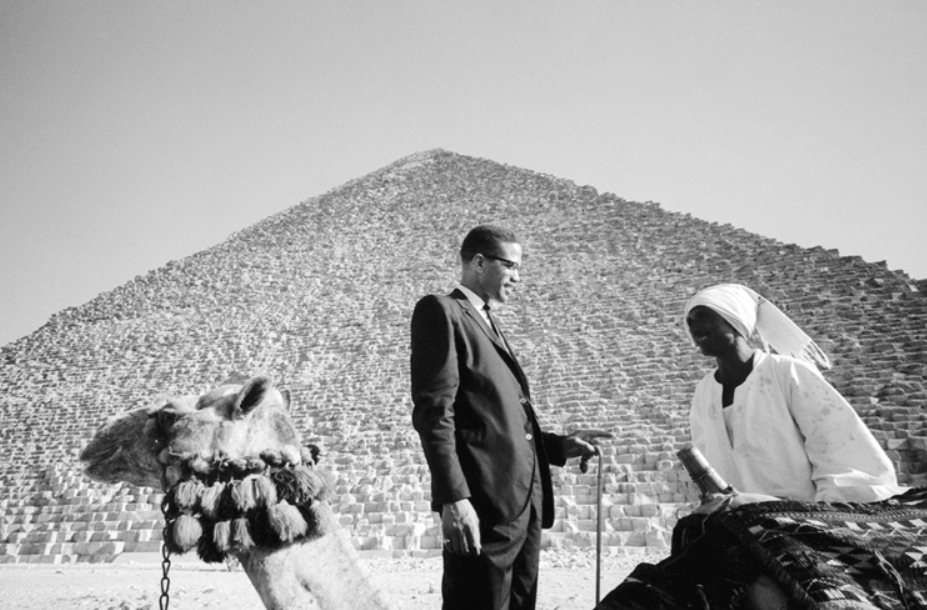
The second meeting with Milas—at least the second diary entry—occurred four days later on Thursday when he, Jonas Savimbi, and Malcolm, had a rendezvous on the Isis boat, moored on the Nile. They sat in the lounge around midnight to discuss a story in Newsweek magazine about the Harlem riots. For more than an hour, Malcolm wrote, they discussed “common problems.” Malcolm said, “I am impressed more so by both of them than by others.” It’s a good guess that Savimbi, whose group UNITA (The National Union for the Total Independence of Angola) was funded by the reactionary regime of South Africa and immersed in a developing civil war in Angola, may have been known to Milas, and vice-versa. Thus, Malcolm may have been unaware of who he was and as John Stockwell later pointed out in his book In Search of Enemies published in 1984—John was CIA Chief of the Angola Task Force heading up their covert operations—Savimbi “was one of our allies.”6
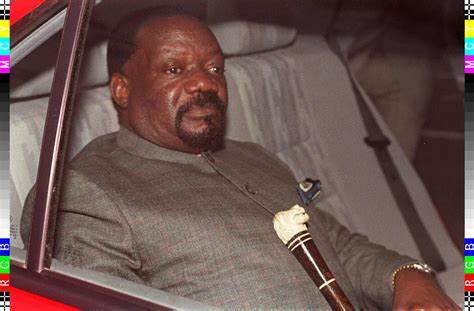
But this meeting with Malcolm was perhaps before Milas’ affiliation with the CIA began, and after his being rebuffed by MPLA and impeded in his quest for leadership in the FNLA. It was during this phase that Savimbi began thinking seriously about starting his own organization that crystallized two years later as UNITA.
On the next day, Malcolm was busy working on his summit paper and being interviewed. That evening, the third meeting, he, Milas, and another Egyptian, went to the Hilton coffee shop to chat. On August 1, the fourth meeting, Malcolm was awakened by Milas that evening after he had taken a nap. Still woozy after a walk in the burning sun, Malcolm begged off and resumed napping for another hour or so and was once again awakened by Milas at 7:30. An hour later the two of them attended a reception at the Chinese Embassy. Thursday, Aug. 6, Malcolm complained of a painful stomach disorder and diarrhea. He believed he had been poisoned but was told he had eaten “Spanish,” a dish he should not have had in that season. It is interesting that such a dish was even available at that time and allowed Malcolm to have access to it.
Eighteen days later Malcolm happened to bump into Milas for the fifth time after returning from shopping. The long separation was probably due to Malcolm being escorted all over Cairo and meeting all sorts of dignitaries. On Thursday, the next day, Malcolm had a brief moment with Milas at the Hilton where they chatted and ate watermelon on their sixth meeting. They would meet briefly for the seventh time in the lobby of the Hilton where Milas was in the company of a member of the Kenya parliament. They were again together in the Hilton lobby for the eighth time on September 8, but Malcolm was expecting a call and had to depart.
Their ninth meeting was again in the Hilton lobby and much of what they talked about centered on discussing the image of African Americans in East Africa. Around midnight on September 16th, Milas phoned Malcolm to inform him of his leaving for Ethiopia, Kenya and Tanganyika. Obviously, he had some notice of Malcolm’s itinerary and perhaps was preparing him if they were to see each other in these places.
Malcolm was in a camera shop in Kenya on Oct. 1st when through the window he saw Milas walk by [and the canisters of film Malcolm shot remain undeveloped at the Schomburg]. “I didn’t want to call to him because I was with two Peace Corps (white girls) & feared it would be misinterpreted,” Malcolm wrote. So, a possible tenth meeting was aborted. He saw Milas again on Oct. 8th when he was on his way to meet with Kenyan political leader Jaramogi Oginga Odinga.
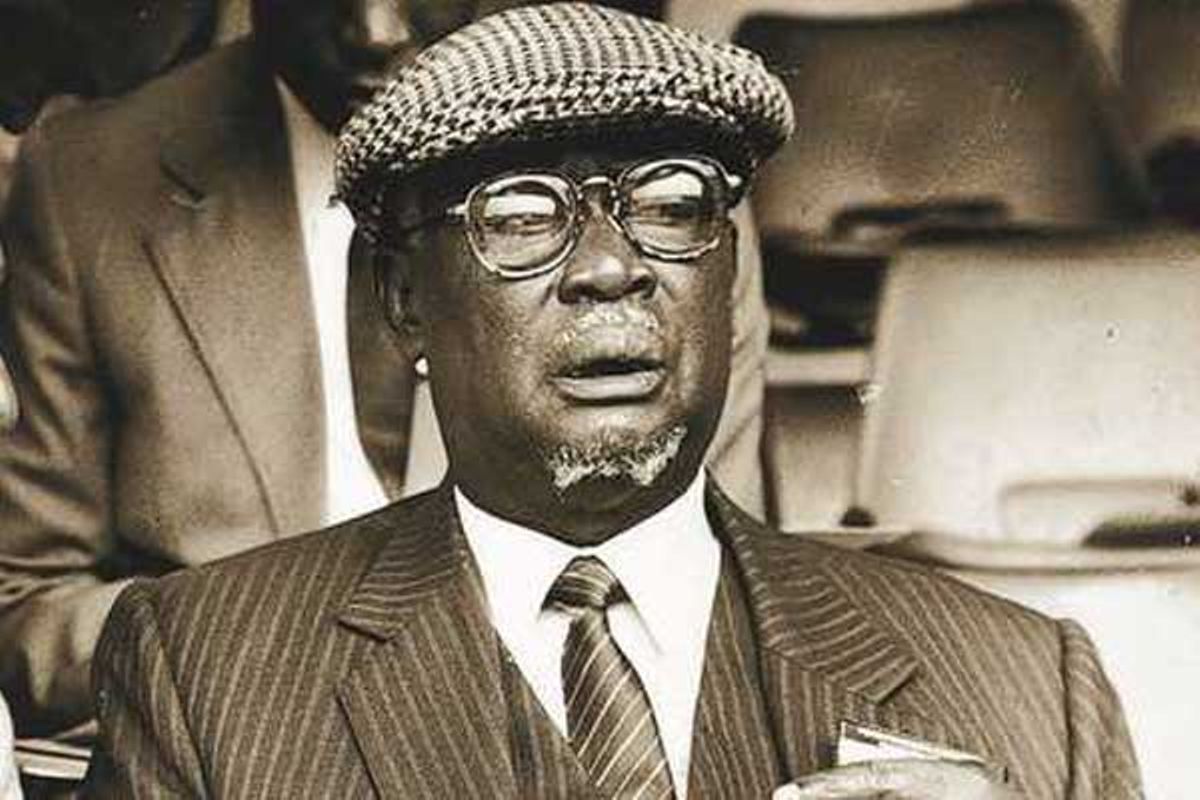
On Oct. 11th, Malcolm was in Tanzania when he was invited to the home of a local African American somehow connected to the Harvard and Radcliffe students who lived nearby. One of the students, for some undisclosed reason, began discussing Leo Milas. “She told me all about [him] (being American born, etc.)” Malcolm was back in Kenya on Oct. 21st and so was Milas, seeing him for the last time before doing a television interview.
Given the brevity of their meetings and seemingly of little substance, there isn’t much to glean from all this, unless his assignment was merely to see where Malcolm went, who he saw, and whether there was anything out of the ordinary. If their conversations were more than what Malcolm recorded then that will never be known. Our interest, for the most part, was prompted by seeing his name in the diary more than any other, save for the Egyptian friends and associates in Malcolm’s orbit. Still, who was this man and what else can be learned from his life to give any credence to the notion that he was employed by or an operative of the CIA?
According to a memorandum from an agent dated October 22, 1964, Malcolm met with a group of twelve people in Nairobi. Could Milas have been part of that group since he had been with Malcolm the previous day? Neither Malcolm, in his diary, nor Manning Marable (1950-2011) in his biography mentioned this date or the meeting. The memorandum was from Benjamin H. Read, Special Assistant to the Secretary of State, to Richard Helms, the CIA’s Deputy Director of Plans and stressed several points. Of the four points cited by the agent, Malcolm was “trying to modify his public image as a racist…He now maintains that all whites are not inherently evil.” “His group, the Organization of Afro-American Unity, (OAAU) will cease its public attacks on the ‘moderate’ and ‘responsible’ Negro organizations and their leaders,” the memorandum continued.
Furthermore, the agent said that Malcolm believed that an emphasis should be placed on embarrassing the U.S. abroad as a strategy to bring about the end of discrimination against Black Americans. “American Negroes in Nairobi should take advantage of this fact by organizing themselves into a militant pressure group, and speaking out publicly about the lack of real progress to eradicating prejudice against Negroes in the United States,” the memo concluded.
The bulk of what we learned about Milas has been published in the diary, particularly about his early years, those periods in Mozambique and the subsequent phase after he was bounced from FRELIMO. We stumbled on another lead when during an online search we found that Milas once lived with a woman named Shannon Moeser in Dar es Salaam; we found her email address and reached out to her.

Leo Milas, to a great degree, was a man of mystery. He has left a very twisted and complicated trajectory, one that some records indicate began in Harrison County or Pittsburg, Texas. He was born Leo Clinton Aldridge, Jr., August 22, 1933 or 1935, and like Malcolm would have a number of names, aspirations, and changes during a lifetime that took him around the globe. Raised in California, he attended San Pedro High School. He was also a dissembler, a master pretender that first emerged when he was 20 and won a part as an extra in the movie White Witch Doctor, starring Robert Mitchum and Susan Hayward in 1953. There is no way to determine which of the natives Leo is portraying; all of them are jumping around in the village, glad to be part of the production. This, in effect, is Leo’s first immersion into make believe and to Africa, faking it as he will do again later.
When he wasn’t on a Hollywood set, Leo was a student at the University of Southern California and the University of California where he earned a Master’s Degree in Romance Languages, one of them probably Portuguese. It may have been his interest in Africa and proficiency in languages that made him a prime recruit for the CIA, though this is speculation. At some point he meets Eduardo Mondlane, a charismatic leader in FRELIMO and finagles his way into the party. To give his charade credibility he invents a new personality, telling people he was born in Inhambane, Mozambique in 1934 to a Shangana mother named Milasi (hence Milas) and a Zulu father. His family, he said, was politically active and that he received primary education in Mozambique and secondary education in Swaziland.
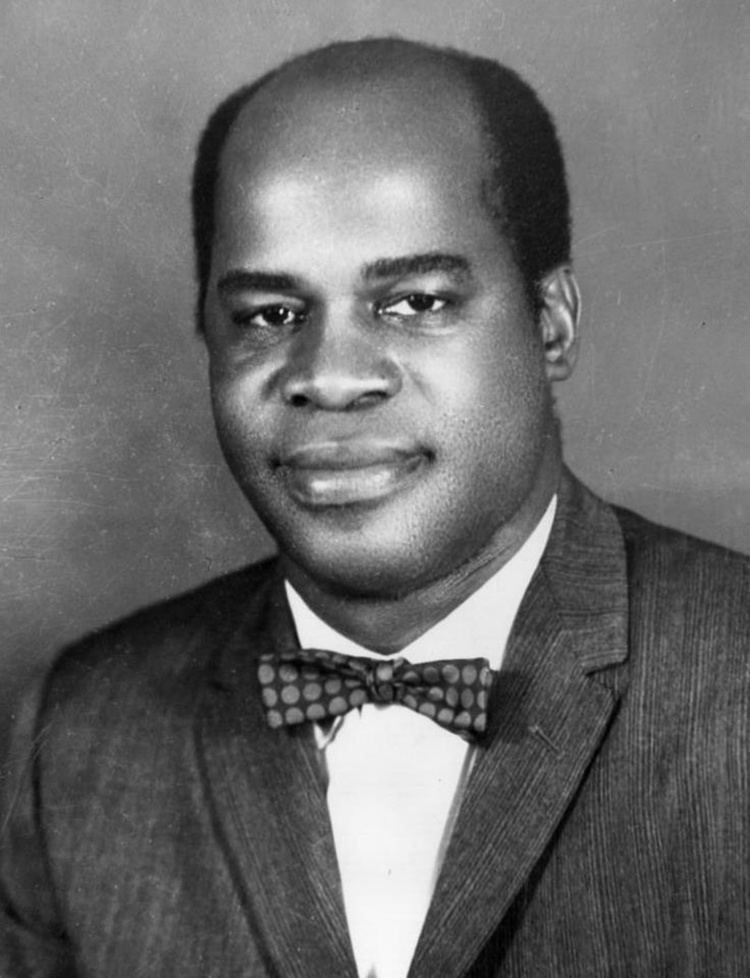
“In 2016, to my surprise,” Herb exclaimed, “I finally received an email from Shannon Moeser, Leo’s ex-lover. She was then an associate professor at Memorial University in Newfoundland in the department of psychology. Leo kept her in the dark about his life; never told her about appearing in films, and he concealed so much more from her.” She was living in Tanzania when she first met Leo in 1961, and her intuition was right that Leo was an African American. “However, I am certain that he was not CIA,” she wrote. “One of the nicer history professors with whom I have been corresponding (located in the U.K.) sent me a copy of a (classified) U.S. Intelligence paper from 1967 that showed that the CIA wanted to discredit Leo because the CIA supported Eduardo Mondlane.” She had drawn her conclusions about Leo that included comparing him to Malcolm X.
“My working theory is that Leo Milas was similar to Malcolm X in many ways,” she began. “Leo was a brilliant man. I think he believed that an African-American male would never achieve any power in the U.S. and that his future lay in embracing his African heritage.” Moreover, she contended that Leo was a Marxist politically and at some point became a Muslim. “I say at some point because when I first met him, in 1961, he never mentioned that he was Muslim and I believed he was Christian. We parted and didn’t connect again until 1963 when he mentioned that he was a Muslim.”
Shannon went on to state that Leo remained in Africa until his death—though that date was never confirmed—and always insisted that he was an African. “But I have memories of small inconsistencies that suggest he was indeed American. But definitely not the CIA,” she concluded.
What Shannon believes are the impressions Leo planted and to think just because the CIA supported Mondlane and sought to discredit Leo is nothing more than a number of tricks the agency plays, a ploy of misdirection to throw you off the track. Plus, Shannon appears uncertain about too many things about Leo, indicating again his ability to pull the wool over people’s eyes. And even more disconcerting, Shannon believed Leo was dead, but when, where and how is not disclosed.
If in fact Leo met Shannon in Dar es Salaam, the haven of peace in Arabic, then he was gifted with a twofer—a lover and access to the African liberation movements, many of which had headquarters in Dar. No exact date is known or the circumstances under which Leo met Mondlane, but they apparently got along well enough for Mondlane to invite Leo to Dar and later to become FRELIMO’s first publicity secretary. (Extensive details about them are included in the book’s Appendix.)
Given that both were smooth operators, Leo found a way to win Mondlane’s trust and Mondlane was convinced that he had a kindred spirit, a loyal comrade who could help consolidate the party under his leadership, which he had founded only a year or so before. At the same time that Leo is ending his relationship with Shannon he’s charming his way into the party, fooling Mondlane like he had fooled everybody else.
But by August 1964, after Mondlane learned Leo was an imposter, he was expelled from the party. The jig may have been up even earlier there as a possible CIA operative since by July he was already fraternizing with Malcolm in Cairo.

After being booted from FRELIMO and shadowing Malcolm, it appears that Milas never completely disengaged from the political developments in Mozambique. In May 1977, he was in Salisbury, Rhodesia (now Zimbabwe) as a founding member of the anti-communist Mozambique National Resistance (Resistencia Nacional Mocambicana, RENAMO) that fought against FRELIMO in the post-independence Mozambique’s civil war. From his base in Nairobi, Milas was in position to help diplomatic facilitation of the Kenyan government for the party.
Eventually, there was a split in RENAMO between the military wing and the political wing in which Milas was involved. However, the political wing, including some Portuguese, were violently purged. [Milas is only mentioned once in Richard Gibson’s African Liberation Movements, and then mainly to suggest that all the blame for the round of expulsions from FRELIMO should be entirely placed on the “mysterious Milas.”7]
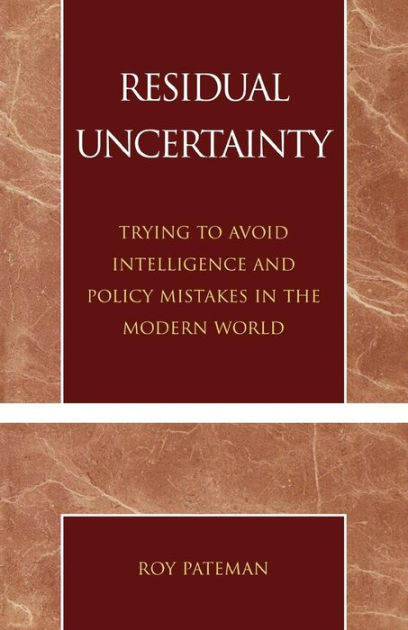
Oddly, in an Africa Review article of April 5, 1985, on RENAMO, Leo, now Seifulaziz Leo Milas, is listed as a political leader of the group at a national meeting in Kenya. But he very well could have been in Ethiopia from time to time in the mid-eighties. In Roy Pateman’s Residual Uncertainty: Trying to Avoid Intelligence and Policy Mistakes in the Modern World, he is pegged as a “black CIA agent who had penetrated FRELIMO’s Central Committee during part of the liberation struggle.”
Pateman also noted that Orlando Cristina who was killed in Pretoria in April 1983, was possibly an agent of PIDE (the Portuguese intelligence agency) and sent by Milas for training in Algeria. The source of this information was cited from African Research Bulletin, 1983, 6806.
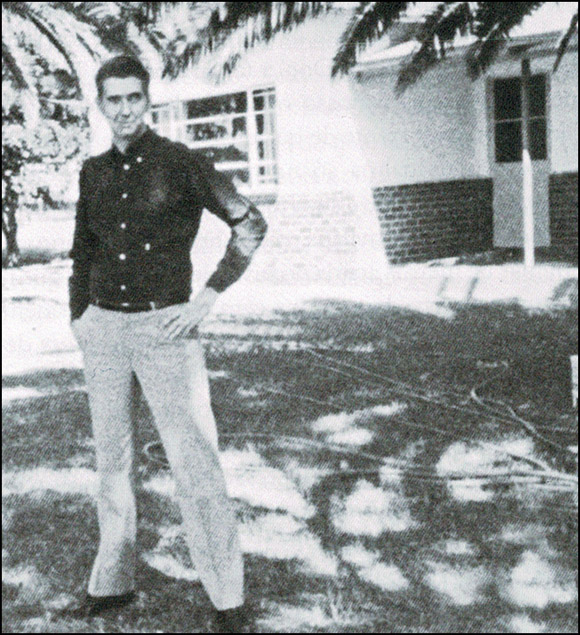

Nothing about Milas is cut and dry, and there is confusion about his death, if in fact he is dead. His former lover has contended that he is dead, but she has given no date or circumstances of his death. According to the Spring 2016/Fall 2017 bulletin published by the Association of Former International Civil Servants, Milas’s name is in the In Memoriam section with the date January 19, 2006. If this is true, then there is no way he could have been a panelist in September 2010 at a symposium in Addis Ababa, Ethiopia. The publication date of his book Sharing the Nile-Egypt, Ethiopia, and the Geo-Politics of Water by Pluto Press is 2013, though it may have been finished but not yet in print.
In any case, Milas’s interest or assignment on Malcolm was over after their last meeting and we can presume that he began a series of jobs at the UN, including almost a decade with the UN Environment Programme. By the time his surveillance ended, Malcolm was on his way back to the U.S. and within months he would be assassinated, a tragedy as unsolved as the package explosion that took Mondlane’s life in Tanzania in 1969, or Walter Rodney’s in Guyana in 1980. To some extent, the CIA had enveloped all three lives, and much of that entanglement has yet to be conclusively unraveled. In the rest of the book we reveal the very wide surveillance the CIA had on Black radicals in America, Africa, Europe, Asia, and the Caribbean.

1 Baba Zak A. Kondo, Conspiracys: Unravelling the Assassination of Malcolm X (Nubia Press, 1993), p. 41.
2A. Peter Bailey, Witnessing Brother Malcolm X: The Master Teacher: A Memoir (Llumina Press, Plantation, Florida, 2013), p. vi.
3 Paul Meskit, New York World-Telegram, Feb. 16, 1965, FBI Vault.
4 Kondo, op. cit., p. 50.
5 The Diary of Malcolm X, Herb Boyd and Ilyasah Shabazz, Third World Press, pp. 90-91.
6 John Stockwell, In Search of Enemies–A CIA Story (W.W. Norton, New York, 1984), p. 193.
7 Richard Gibson, African Liberation Movements (Oxford University Press, London, 1972), p. 278.
CovertAction Magazine is made possible by subscriptions, orders and donations from readers like you.
Blow the Whistle on U.S. Imperialism
Click the whistle and donate
When you donate to CovertAction Magazine, you are supporting investigative journalism. Your contributions go directly to supporting the development, production, editing, and dissemination of the Magazine.
CovertAction Magazine does not receive corporate or government sponsorship. Yet, we hold a steadfast commitment to providing compensation for writers, editorial and technical support. Your support helps facilitate this compensation as well as increase the caliber of this work.
Please make a donation by clicking on the donate logo above and enter the amount and your credit or debit card information.
CovertAction Institute, Inc. (CAI) is a 501(c)(3) non-profit organization and your gift is tax-deductible for federal income purposes. CAI’s tax-exempt ID number is 87-2461683.
We sincerely thank you for your support.
Disclaimer: The contents of this article are the sole responsibility of the author(s). CovertAction Institute, Inc. (CAI), including its Board of Directors (BD), Editorial Board (EB), Advisory Board (AB), staff, volunteers and its projects (including CovertAction Magazine) are not responsible for any inaccurate or incorrect statement in this article. This article also does not necessarily represent the views the BD, the EB, the AB, staff, volunteers, or any members of its projects.
Differing viewpoints: CAM publishes articles with differing viewpoints in an effort to nurture vibrant debate and thoughtful critical analysis. Feel free to comment on the articles in the comment section and/or send your letters to the Editors, which we will publish in the Letters column.
Copyrighted Material: This web site may contain copyrighted material the use of which has not always been specifically authorized by the copyright owner. As a not-for-profit charitable organization incorporated in the State of New York, we are making such material available in an effort to advance the understanding of humanity’s problems and hopefully to help find solutions for those problems. We believe this constitutes a ‘fair use’ of any such copyrighted material as provided for in section 107 of the US Copyright Law. You can read more about ‘fair use’ and US Copyright Law at the Legal Information Institute of Cornell Law School.
Republishing: CovertAction Magazine (CAM) grants permission to cross-post CAM articles on not-for-profit community internet sites as long as the source is acknowledged together with a hyperlink to the original CovertAction Magazine article. Also, kindly let us know at info@CovertActionMagazine.com. For publication of CAM articles in print or other forms including commercial internet sites, contact: info@CovertActionMagazine.com.
By using this site, you agree to these terms above.
About the Author
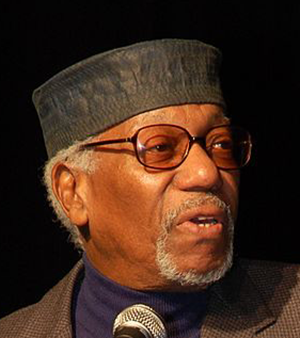
Herb Boyd teaches black studies at the City College of New York and the College of New Rochelle.
Born in Birmingham, Alabama, he grew up in Detroit, Michigan and met Malcolm X in 1958 and credits him as an inspiration: ” [Malcolm] set me on the path to become the writer-activist I am, to try to live up to the very ennobling things that he represented,” he said, as quoted by wikipedia.
Herb can be reached at herbboyd47@gmail.com.

Don Rojas was editor in-chief of Grenada’s national newspaper and served as press Secretary to the Socialist government of Maurice Bishop from 1981-1983.
After moving to the U.S. he became a general-manager of Pacifica Radio Station WBAI in New York and editor at the New York Amsterdam News.
He also served as a press officer at Oxfam America and as Executive Director of Free Speech TV. Don can be reached at donrojas@wbai.org.

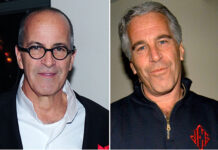
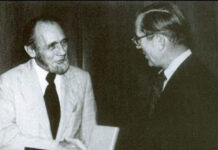
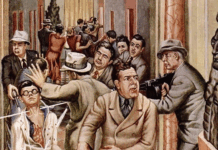

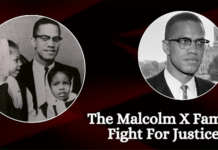
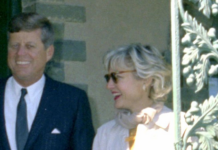
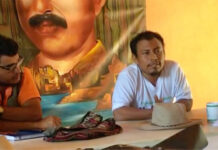
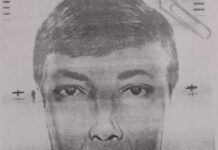
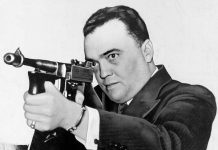

Les Payne, in his book, “ The Dead, are Arising, the Life of Malcolm X” he seems to indicate that a corrupt nation of Islam leader ship was working with the FBI against Malcolm X.